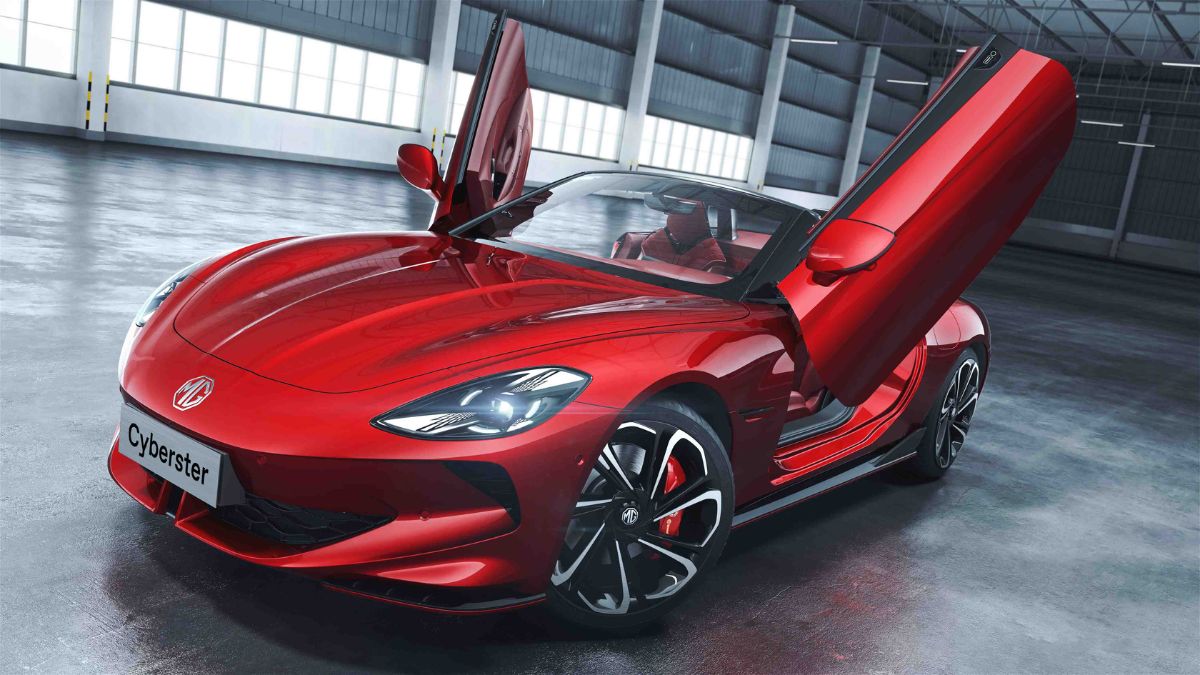
Late last month, Formula 1 (F1) reached an in-principle agreement with General Motors (GM), the fifth-largest car company globally by revenue, to make it the 11th team on the grid in 2026. GM will race under its luxury car brand, Cadillac. GM follows Audi, from the Volkswagen Group.
Audi has purchased an independent F1 team, and will start racing from 2025. In the post-1990 period, considered to be the contemporary era of F1, there have never been more teams belonging to car manufacturers. In 2025, five of the 10 teams will be car manufacturers, increasing to six of 11 in 2026.

The last time carmakers made a beeline for F1 was in the first decade of this century, when the global economy was rising. But the absence of success in a sport that is extremely technology-oriented, coupled with the 2008 financial crisis, made them reconsider. Those years saw Jaguar, , Honda and Toyota come and go.
It’s taken 10-15 years for carmakers to commit to F1 again. Liberty Media, which acquired F1 in 2017, is a big reason. From the outset, Liberty made three goals clear.
One, hold more F1 races in the US, a huge market. It has increased that from one to three, and attracted GM. Two, bring more car manufacturers, who are more likely to channel more financial and technical resources than independent teams.
Three, increase viewership and make F1 more profitable. In 2023, F1 had its best year, making it easier for Liberty to increase teams. Lap of luxury The four currently in F1 are Ferrari, Mercedes, Renault (through its sports-car brand Alpine) and Aston Martin.
The high-tech nature of F1 remains a draw for higher-end carmakers. For example, the 2023 annual report of Aston Martin, which re-entered F1 in 2021, said that 60% of all luxury car buyers “strongly agreed" that they were more likely to buy an Aston Martin because of its F1 association. Audi has European roots, like other carmakers on the grid.
Cadillac, however, is a quintessential American brand. Its sales have been static or declining, as per GM Authority, which tracks developments related to the company. It will hope the F1 association helps it sell more cars, as it was for Mercedes, one of the two most successful teams in the past 15 years.
In 2010, when it rejoined F1, Mercedes sold 1.27 million cars. In 2023, it sold 2.
04 million. Sliding scale Mercedes’ was a short journey to the top. Its entry in 2010 was via buying an existing team.
In 2014, F1 saw a big change in technical regulations. That year, Mercedes catapulted to the top, and has mostly stayed around there since. Audi, like Mercedes, is taking over an existing team.
The next big change in F1 technical regulations is due for 2026, and both Audi and Cadillac will hope that will give them a window to be competitive. The scale of operations in F1 can vary immensely. Carmakers tend to operate on a higher revenue, and cost trajectory than independent teams.
Further, results make for a bigger operation. Data compiled from the UK companies regulator by BlackBook Motorsport, a platform for motor racing, shows that the 2023 revenues of Mercedes was about four times that of Williams, an independent team. When they start, expect Audi and Cadillac to be around the Aston Martin and Alpine levels.
Beyond F1 But F1 is also not very profitable. For independent teams like Williams and Haas, racing is the only thing they do, and profitability matters more. But for carmakers, F1 is one of the many pieces of the larger goal to sell more road cars.
Their prime objective here is brand-building. Take Ferrari, the most storied team in F1. Between 2015 and 2023, revenue of its division where F1 resides has grown an average of just 3.
3% per year. But its revenue from car sales has increased by 12% a year. Further, the share of car revenues in its total revenues has increased from 73% to 86%.
F1 and the business of F1 matters to Ferrari. But it’s the business beyond that matters more. And that’s what Audi and GM are eyeing by wading into the cut-throat world of F1.
.












